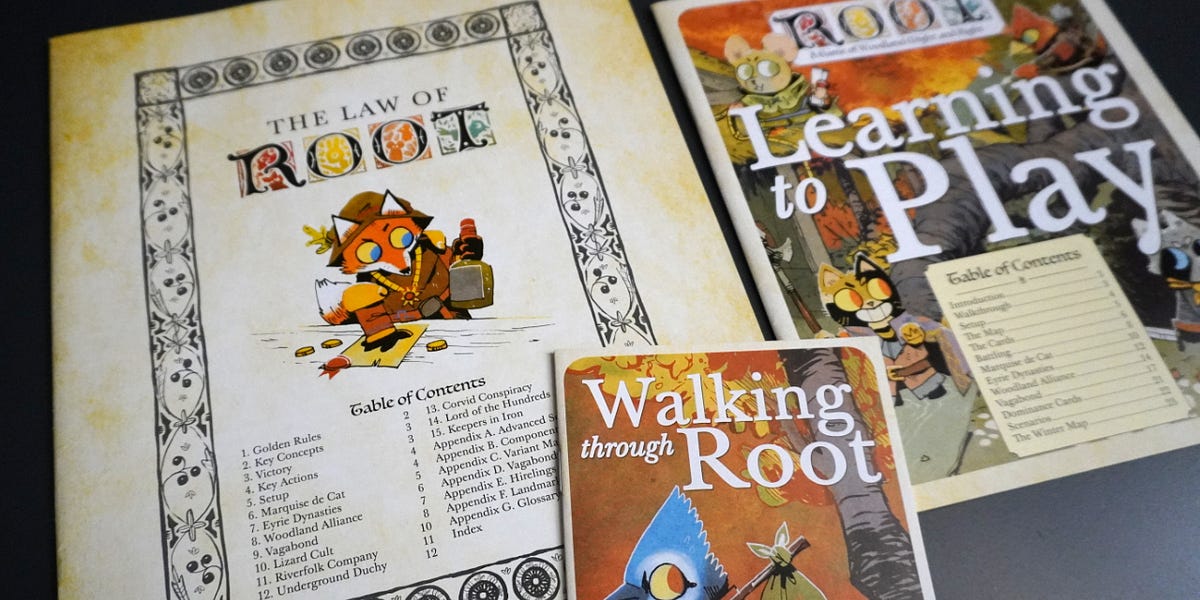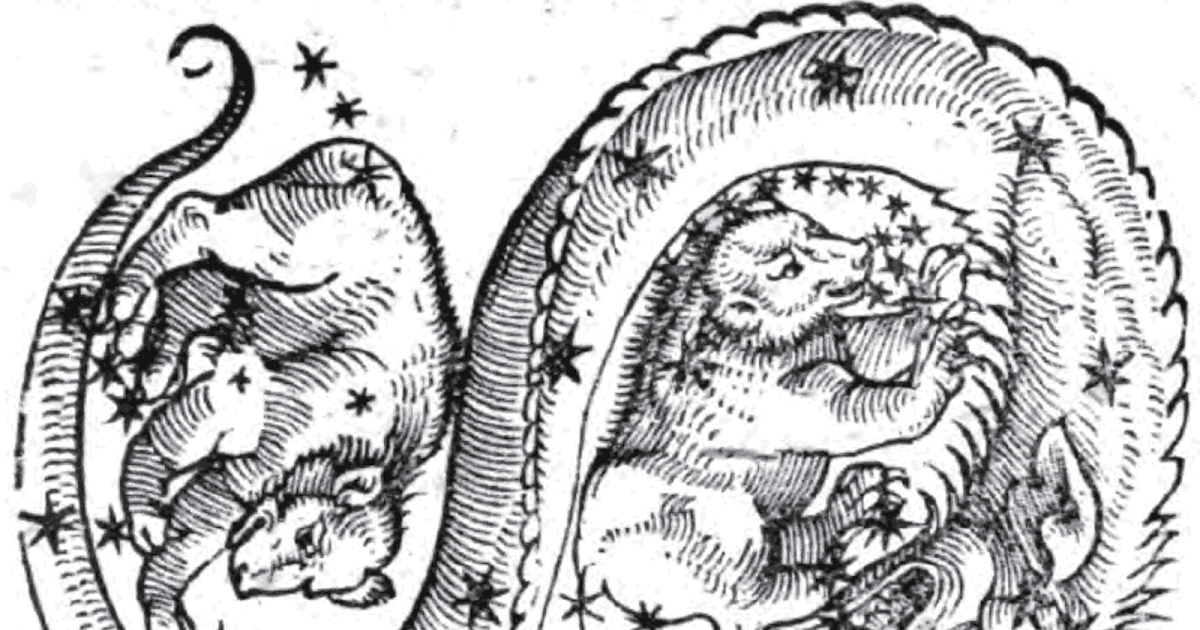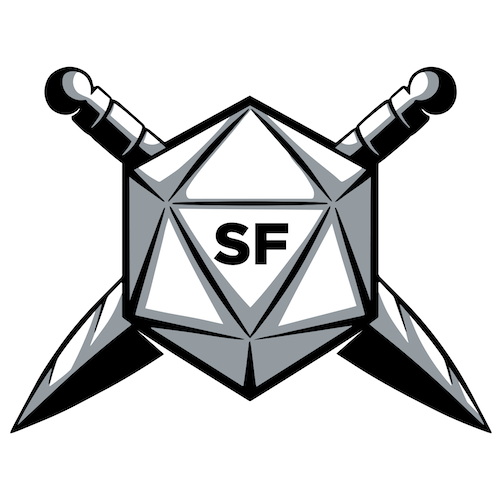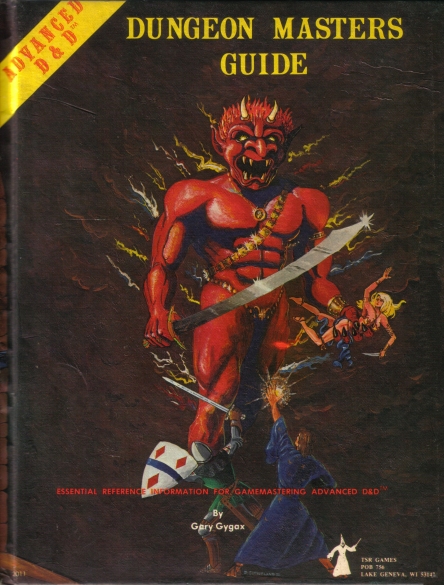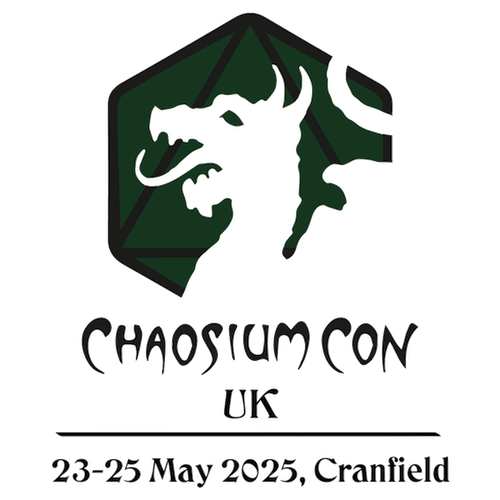SMOOSH JUICE
Being, Deep in the Tunnel
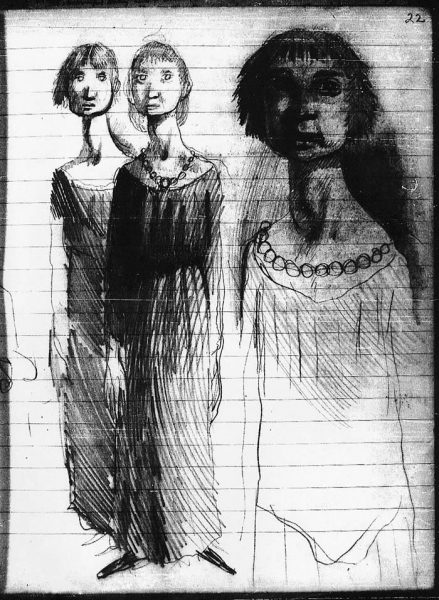

Illustration by Mervyn Peake.
This is a skeleton for rules that can more easily support, provoke and suggest some of my main interests in TTRPGs: the occult, the horrific, the gothic, and the passionate (those are all the same). It assumes Tunnels & Trolls as the text that I’m riffing and responding to, the harbor which I set fire to despite the water around. These are rules I hope can help me as I try to play my way through Silent Hill, through Ravenloft, through Lynch’s LA, through Cisco’s corners, through Dick’s and Peake’s labyrinths etc.
I don’t claim originality ever. My riffing on T&T extends to riffing on Stafford’s seminal work on Pendragon, most of all. This is because I want to move not even beyond, but sideways the body-mind in TTRPGs towards a bodymind, which proposes then a bodymind-world union. While such could be done without numerical reference, I still use simple numbers because they diminish my own cognitive load in play, according to experience.
However, not one skeleton was enough; I’m a dance macabre girl. So I’m thinking about three possibilities to tango.
Understand all frameworks as suggesting rolls are Saves. However, instead of saving against the world, you are in many cases saving against yourself.
The First Proposal
Each player character has a list of Anchors, relevant to the campaign. Anchors represent core ways characters understand themselves and their actions: not even virtues or vices, but keys to their identity and thought. For example, Anchors could be Reason, Piety, Cruelty, Wanton Excess, Mercy and so on. Think of it like a skill system: everyone has access to all Anchors selected for the campaign.
Anchors grant bonuses to rolls depending on their value, either 1 (+3), 2 (+7) or 3 (+12). When a character needs to take a significant action (significant here means there’s a grave consequence to be avoided or the impact of the situation is too grand for players to decide without a roll), the player determines which Anchor is related to it, most likely due to the approach or the reason the PC is taking the action. Then they roll 2d6 (DARO applies) and add their Anchor Bonus vs Difficulty. Rolling 1,2 on the dice always fails. Difficulty depends on whether the situation is perilous/impactful (Difficulty 1, 10), at the limit of human capacity (Difficulty 2, 15) or dealing with the supernatural/the root of the World (Difficulty 3, 20). So a character dedicated to Wanton Excess would use it to win a drinking contest with normal people for information (Difficulty 1), trying to keep themselves conscious and stable through a whole night of escalating orgy (Difficulty 2) and to merely catch up to the satisfaction of a drunkard ogre (Difficulty 3)
Pretty simple. Here’s the catch: when an Anchor is relevant to the situation and behavior that follows it would create complications, the GM may require the player with the highest value on that Anchor to roll a d4. If they roll over the Anchor, the player determines what the character does. If they roll under, they declare how the character surrenders to their instinct.
If using T&T combat, you may determine that Combat Adds are based on what Anchor is bringing the character into the extreme of using violence against another.
Anchors can’t of course escalate like normal skills would. I would suggest a “value” pyramid similar to the one in old versions of FATE Core: to have an Anchor at 3, you need an Anchor at 2 and another at 1.
One can increase an Anchor (naturally displacing another to maintain the pyramid structure if necessary) by spending XP. XP here would be accumulated as ticks accumulated through surrendering to an Anchor. Noticeably, an Anchor can only be amplified if it was recently used. The value necessary in ticks would be Current Levelx2 + Desired Level. So you would need 7 Ticks to promote an Anchor from 2 to 3.
The Second Proposal
We can complexify the above.
Set Anchors in dualistic splits. So Mercy for example finds its match in Cruelty, Wanton Excess in Restraint, Reason in Instinct. They always total 7 once summed, so they vary from 1-6.
Instead of granting bonuses, Anchors set the difficulty to the action. When a player needs to roll, they roll 2d6 (DARO) + Being vs Difficulty Level that equates the Anchor. Difficulty is 5 + (Valuex5), so it goes from 10 (Value 1) to 35 (Value 6).
When the Anchor is 1 or 2, it’s so central to the character’s self-understanding that, in situations where it would be peeked, the GM may require the player to roll a d6. If they roll under the lowest Anchor, the player determines what the character does. If they roll over, they declare how the character surrenders to their instinct.
What is “Being” in the roll? While this frame can be added to the regular T&T stat array without issue, I’d propose characters could have a single stat: Being, starting at 10. Being, naturally, goes up as the campaign progresses and the character reveals themselves through play to the table, in a subsystem identical to the XP progression in T&T (with different triggers, of course). Hence, you could even keep a level structure in which Being goes up by 3 each level (I’d enforce a cap at 25). This would turn the level subsystem into a register of the character’s presence within the world. I’d suggest, further, that instead of tracking XP individually over the session in such a campaign, taking a note from the New World of Darkness revision, a XP pool should be collectively shared as the actions of each character during a game, by showing their identities and existence, reinforce the senses of self from others. Also, if a character becomes unplayable during the session, others benefit from the XP, offering a clear representation of how the impact of their life and presence, and its erasure, changes others.
How do Anchors change? At the end of a session, a player can declare based on the events that there has been a shift (always on a one step progression). They might have failed at their lowest Anchor in the duality or resisted it, or succeeded at the highest. Spending XP on a change wouldn’t be off-limits: your sense of Being isn’t increasing right now because you are reflecting on your Anchors. I’d suggest such spending is equal to highest current Anchorx100.
The Third Proposal
The above proposal enforces a dualistic understanding of the values that constitute self, following some predecessors. While this is generally fine for game purposes and many works of fiction which interest me work such duality for dramatic purposes, there’s space for gaming outside dualism. Randomizing which Anchors are in opposition for each character would be an interesting, fun thing to do in order to tackle the issue, but it would still be dualistic.
Let’s think this: keep the above framework as is but take the Anchors out of dual splits. To spend XP in order to change them, the equation is 300 + the distance between Value and 3×100. So to move down Value 6 or move up Value 1 costs 600 regardless, Value 5 and 2 cost 500, and Value 4 and 3 cost 400.
For this model to work, we also need to establish limits for how many Values someone can hold at the same, well, value at once. Something like an inverted Anchor pyramid from the first proposal would work here.
Final Notes
All the above is of course only a small basis. Best practices on handling social interaction, deciding results and how to interpret an Anchor in relation to an action fill the gaps. While this ironically would work quite well to support gaming about young people discovering fantasy adventure, something I realized during the process of writing, it’s meant once again to support gothic and weird play centered around identity and compulsion. It’s particularly interesting in the context of settings such as Ravenloft or the baroque Barkerian fantasy of Kult, or inspired by works about metamorphosis and the already inexistent stability of identity, which are all very manic in a sense. It’s of course fundamentally gothic, where grief deeply felt can move a storm towards the haunted moors.
I would notice that all the above proposals mesh well with a short Traits supplemental subsystem, where a character’s knowledge or individualizing aspects that don’t fit the Anchors (a devilish smile, a familiarity with violence, their stints as a tired nurse etc.) may modify the roll. Whether the GM prefers it to modify the positioning and impact or the value of the Difficulty Level is up to them.
